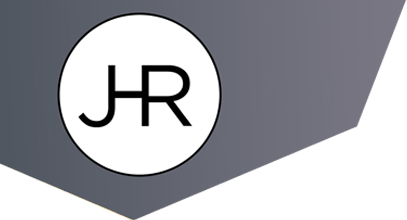In the realm of intellectual property law, patents stand as a testament to innovation, offering inventors exclusive rights to their creations. For many inventors, the journey begins with a provisional patent application, a step that offers them a “patent pending” status. However, a common misconception is that once a provisional patent is filed, it automatically evolves into a non-provisional patent. However, this is not the case. Let’s delve deeper into this critical aspect of patent law.
Provisional Patent: A Temporary Safeguard
A provisional patent application serves as a placeholder, allowing inventors to secure an early filing date for their invention. It’s a cost-effective way to establish an early presence in the patent office, giving inventors a 12-month window to refine their invention, assess its market viability, or seek potential investors.
The Critical Conversion Step
Here’s where many inventors falter: A provisional patent does not automatically mature into a non-provisional patent. Instead, it requires a deliberate action on the inventor’s part. Within the 12-month period after filing the provisional application, a separate non-provisional patent application must be filed to claim the benefit of the provisional filing date. The non-provisional has a few additional formalities (claims, drawings, etc.) that the provisional does not.
The Risks of Overlooking Conversion
Failing to file a non-provisional application within the stipulated twelve months carries significant risks:
- Loss of “Patent Pending” Status: Once the 12-month window closes without a non-provisional filing, the invention loses its “patent pending” status.
- Public Disclosures Become Vulnerable: If, during the provisional patent’s tenure, you disclosed your invention to others or made it public in any form, that information becomes unprotected. This opens the door for others to potentially use, modify, or even patent aspects of your invention.
- Loss of Early Filing Date: The early filing date secured by the provisional application is lost, meaning any subsequent non-provisional application will be treated as a fresh filing. In the world of patents, where “first to file” often holds sway, this can be a significant setback. There also may be additional prior art that could bar your patent application from registering.
To see other misconceptions and pitfalls with a provisional application for a patent, please see my video.
Getting Help Navigating the Patent Maze
The journey from idea to patented invention is filled with nuances, deadlines, and legal intricacies. While provisional patents offer inventors a valuable starting point, understanding the need for timely conversion to a non-provisional patent is crucial.
Our intellectual property firm focuses on guiding inventors through the complexities of this area of the law. With a deep understanding of the patent process and a commitment to safeguarding innovations, we work to ensure that inventors are well-equipped to protect their creations and navigate the patent landscape with confidence.
If you have filed a provisional patent or are considering one, we are available to answer your questions and guide you through the steps to finish the process. To get started, click here to schedule an Initial Discovery Session online or call us at (888) 666-0062.
DISCLAIMER: The information contained in this article is for informational purposes only and is not legal advice or a substitute for obtaining legal advice from an attorney.




